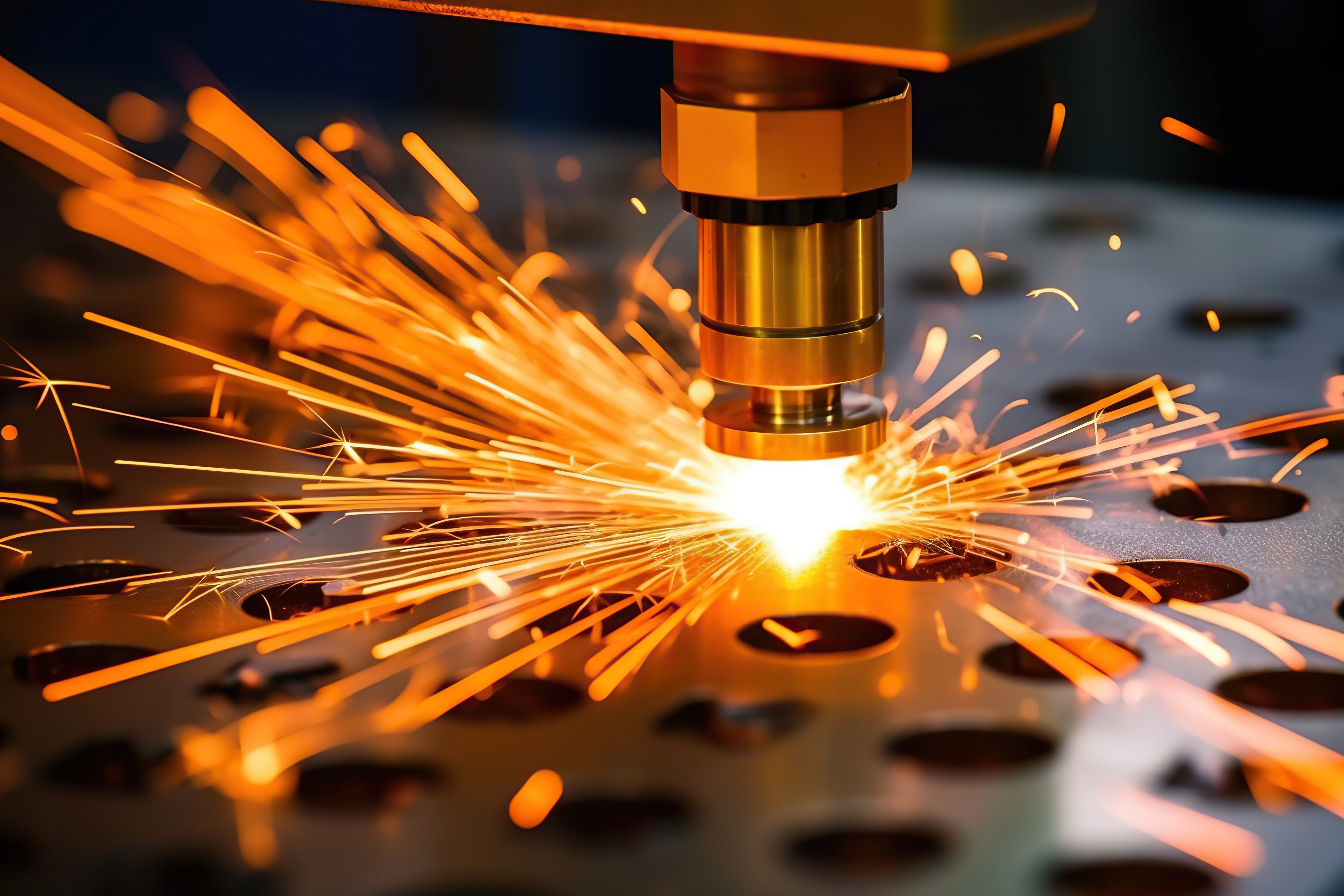
Is your cleanroom environmentally friendly?
Cleanrooms, used for their ability to maintain controlled environments critical to sensitive processes and products, have long been synonymous with precision and reliability. However, in an era where environmental consciousness is important, the pursuit of sustainability has expanded its reach to all corners of industry, including cleanroom operations. While their primary objective is to safeguard against contamination, cleanrooms also have the potential to contribute significantly to environmental friendliness. What would it take to reduce your cleanroom’s impact?
Energy Efficiency
- Optimize HVAC systems: To achieve maximum energy efficiency, cleanrooms should utilize HVAC systems that are appropriately sized for the space. Regular maintenance and cleaning of filters is crucial to ensuring system performance and air quality within the controlled environment.
- LED lighting: Replacing traditional lighting fixtures with energy-efficient LED lights is a simple yet effective way to minimize energy consumption in cleanrooms. LED lights not only consume less energy but also have a longer lifespan, reducing maintenance costs while providing consistent illumination.
- Efficient airflow management: Minimizing air leakage is essential for energy conservation. Cleanrooms can implement strategies such as proper sealing of doors and windows. Adjustable dampers and controls allow for optimized airflow, ensuring that energy is utilized efficiently without compromising the desired level of contamination control.
Sustainable Materials and Construction
- Choose eco-friendly materials: Opting for sustainable building materials with low volatile organic compound (VOC) emissions and recycled content is essential. Materials like bamboo or cork offer low-impact flooring options that are renewable and durable, minimizing environmental impact.
- Efficient insulation: Proper insulation is vital to reduce energy loss and maintain optimal temperature control within cleanrooms. Efficient insulation helps minimize the workload on HVAC systems, resulting in energy savings and improved overall energy efficiency.
- Renewable energy sources: Consider integrating renewable energy sources into cleanroom operations. If the cleanroom is outdoor, solar panels or wind turbines can provide a sustainable and reliable power supply, reducing reliance on conventional energy sources and mitigating greenhouse gas emissions.
- Water Conservation: Install water-efficient fixtures such as low-flow faucets, showers, and toilets to minimize water consumption within cleanrooms. These fixtures can significantly reduce water usage while maintaining hygiene standards. Implement systems to capture and treat water used in cleanroom processes, enabling its reuse where feasible. Water recycling or reclamation systems help conserve water resources, reduce waste, and promote sustainable water management practices.

Waste Reduction and Recycling
Waste reduction and recycling are essential components of creating environmentally friendly cleanrooms. By establishing comprehensive recycling programs for cleanroom waste, minimizing the use of single-use items, and implementing proper procedures for hazardous waste management, cleanroom operators can significantly decrease their environmental impact. A robust recycling program covering various materials, including paper and plastics, encourages employees to actively participate in recycling efforts. Additionally, promoting the use of reusable items within the cleanroom reduces waste generation. Implementing strict protocols for the disposal and management of hazardous materials ensures environmental safety. By adopting these waste reduction and recycling strategies, cleanroom operators demonstrate their commitment to sustainability and responsible waste management practices, contributing to a greener future.
Monitoring and Control Systems
Monitoring and control systems play a crucial role in enhancing the environmental friendliness of cleanrooms. By utilizing advanced sensors and monitoring systems, cleanroom operators can effectively track energy usage, air quality, and other environmental parameters, enabling them to identify areas for optimization and improvement. This data-driven approach allows for precise adjustments and fine-tuning of cleanroom operations to maximize energy efficiency. Implementing automated controls empowers cleanroom operators to optimize energy usage and adjust HVAC settings based on occupancy or specific process requirements, ensuring optimal environmental conditions are maintained while minimizing unnecessary energy consumption. Through the integration of advanced monitoring and control systems, cleanrooms can achieve enhanced environmental efficiency and contribute to sustainable practices within their operations.
Recycling air
By implementing air recycling systems, cleanroom operators can prevent the release of contaminated air into the external environment after experiments or processes. Instead of expelling air that may contain particulates or pollutants, recycling systems treat and filter the air, removing contaminants and reintroducing clean air back into the controlled environment. This approach not only reduces the environmental impact by minimizing the release of potentially harmful substances but also contributes to responsible resource management. By recycling air, cleanrooms can minimize energy wastage associated with constantly conditioning large volumes of fresh air. This not only reduces energy consumption but also lowers operating costs and environmental footprint.
Employee Training and Continuous Improvement
Comprehensive training programs should be provided to cleanroom personnel. By equipping employees with the necessary knowledge and skills, they can actively contribute to minimizing the cleanroom's environmental impact.
Regular audits and benchmarking are essential for tracking progress and setting targets for energy efficiency and waste reduction. Conducting periodic energy audits and assessments allows cleanroom managers to identify areas for improvement and evaluate energy consumption patterns and waste generation. By comparing the cleanroom's performance against industry standards, realistic goals and objectives can be established, promoting excellence in energy conservation and waste management.
Conclusion
With just a few steps, you can ensure that your new or retrofit cleanroom meets environmental regulations and maintains a low impact. If you want advice on how to retrofit your current cleanroom with more environmentally friendly options, or you are considering building a new cleanroom, contact the experts at ICS for customized advice.


